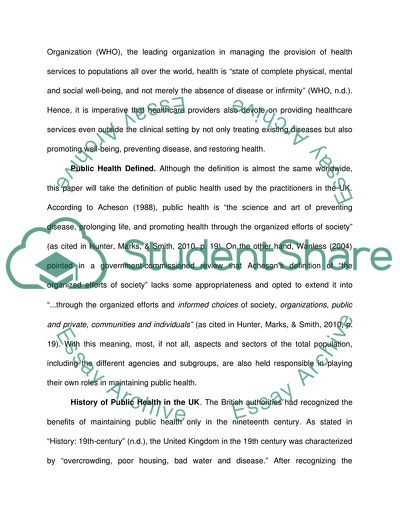Cite this document
(“Public Health in Nursing Practice Essay Example | Topics and Well Written Essays - 2000 words”, n.d.)
Retrieved from https://studentshare.org/nursing/1568680-public-health-in-nursing-practice
Retrieved from https://studentshare.org/nursing/1568680-public-health-in-nursing-practice
(Public Health in Nursing Practice Essay Example | Topics and Well Written Essays - 2000 Words)
https://studentshare.org/nursing/1568680-public-health-in-nursing-practice.
https://studentshare.org/nursing/1568680-public-health-in-nursing-practice.
“Public Health in Nursing Practice Essay Example | Topics and Well Written Essays - 2000 Words”, n.d. https://studentshare.org/nursing/1568680-public-health-in-nursing-practice.


